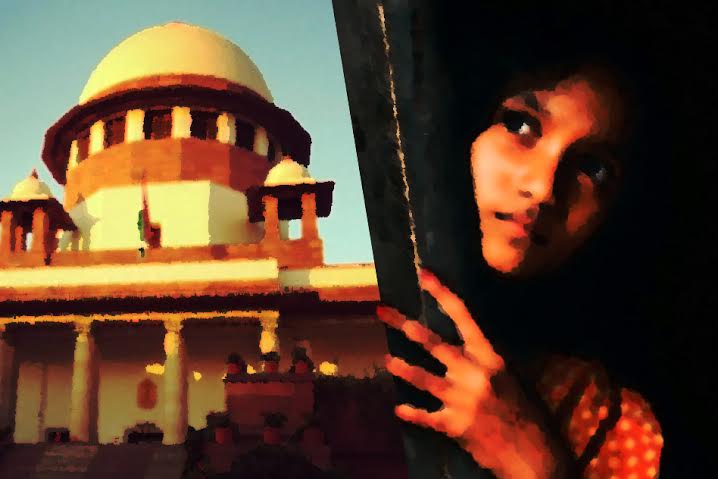
Right To Life of Mother Vs Right To Life of Unborn Child
31 July 2015 10:03 AM GMT
Editor : Richa Verma Verma
I have done my graduation and post graduation in English Literature from Miranda House, Delhi University. Writing is my passion and I believe words have immense power which can shape the thoughts of an individual as well as the nation.
RIGHT TO LIFE OF MOTHER VS RIGHT TO LIFE OF UNBORN CHILD
We hail the verdict of Supreme Court which allowed a 16-year-old rape survivor from Himmarnagar, Gujarat to have an abortion done if it was essential to save her life. In the process, it overruled the decisions of two subordinate courts – The Himmarnagar sessions court and Gujarat High Court.
The girl had been raped by a doctor she had visited in February for treatment of typhoid. She had been given a sedative by the doctor and raped after which she conceived. However, due to the threat by the doctor to remain quiet about it she did not speak up. The matter came to light when her health started deteriorating and she was hospitalized. By then her pregnancy had crossed 20 weeks.
What the Law in India says
All abortion cases in India are covered under the Medical Termination of Pregnancy Act, 1971 (as revised in 1975 and 2002). Abortions are allowed up to 20 weeks of pregnancy on the medical opinion of two doctors. Some of the factors governing abortions are – threat of mental or physical deterioration of woman due to pregnancy, likelihood of a handicapped or malformed child, rape, pregnancies in unmarried girls under the age of 18 with the consent of the guardian, pregnancies that result from failure of sterilization.
Bone of Contention
The girl was 23 weeks pregnant by the time she approached the Gujarat High Court. A case was registered against the doctor and Justice Abhilasha Kumari of Gujarat High Court directed the Sabarkantha district administration to take care of the survivor and pay her compensation of Rs. 1 lakh. She was sympathetic to the girl but advised her to go for child birth and give it for adoption.
In the case of this rape survivor, being the daughter of a labourer, she is not in a condition to financially take care of the child. Hence, her father approached the Supreme Court which directed that she be medically examined by a panel of four gynecologists. The panel found that having the child would pose a great risk for her, as she is mentally and physically devastated and also physically and medically too weak to deliver a child. The said pregnancy could expose her to serious threat of life.
Article 21 of Indian constitution
The issue sparks the debate between the right of the child to live and the right of the mother to undergo termination of pregnancy. Article 21 of the Indian Constitution grants the fundamental right of life and liberty to Indian citizens. However, life in India is regarded to have started at the time of conception of child itself. Moreover, by 23rd week the foetus would already have formed limbs and it would amount to killing a child.
At the same time, if we broadly consider the meaning of “life and liberty”, it would refer to not only the physical health of the mother but also her overall psychological and emotional well-being. A woman might face neo-natal (post child birth) depression in case of an unwanted child born out of rape. To impose a ruling on this rape survivor to give birth to the child would have gone contrary to this extended meaning of life and liberty. Moreover, it is very difficult for a mother to give away a child in adoption which she has carried in her womb for nine months.
Keeping in view the circumstance under which the girl became pregnant, and the physical, financial, emotional and psychological repercussions of unwanted pregnancy, it is humanly right to allow the minor girl to go for termination of pregnancy.
 All section
All section













